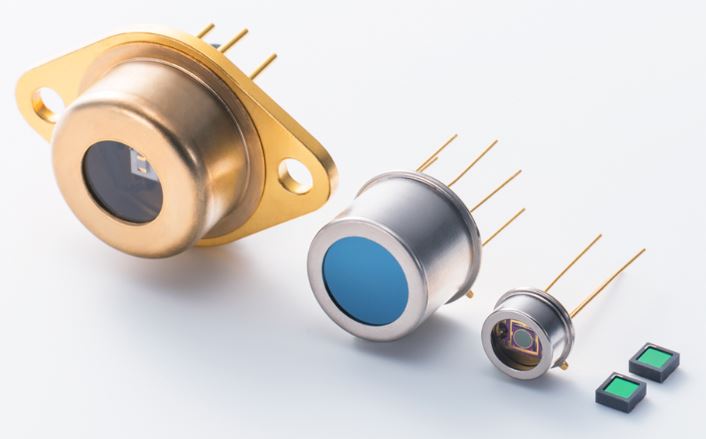In the vast landscape of technological advancements, an IR detector, or infrared detector, plays a pivotal role in various industries, from scientific research to everyday consumer devices. This article explores the intricacies of IR detectors, shedding light on their technology, applications, and the diverse sectors where they make a significant impact.
Understanding the Essence of IR Detectors
Core Technology
IR detectors operate on the principle of detecting infrared radiation, which is beyond the visible light spectrum. Key technologies include:
- Thermal Detectors: These detectors respond to the temperature rise caused by incident infrared radiation, translating it into an electrical signal.
- Photonic Detectors: Photonic detectors, such as photodiodes and phototransistors, convert infrared radiation directly into an electrical current.
Sensitivity and Wavelength Range
- Sensitivity: IR detectors exhibit sensitivity to specific wavelength ranges, determining their suitability for particular applications.
- Wavelength Range: Different detectors cover various parts of the infrared spectrum, categorizing them into short-wave, mid-wave, and long-wave IR detectors.
Applications Across Diverse Industries
Security and Surveillance
- Intruder Detection: IR detectors are integral to security systems, detecting the presence of intruders based on body heat or movement.
- CCTV Systems: Infrared technology enhances surveillance cameras, enabling night vision capabilities for monitoring areas in low-light conditions.
Medical Imaging
- Thermography: IR detectors find applications in medical thermography, capturing and visualizing the infrared radiation emitted by the human body to diagnose anomalies.
- Non-Invasive Temperature Measurement: Infrared thermometers use detectors to measure body temperature without physical contact.
Automotive Industry
- Night Vision Systems: IR detectors contribute to automotive safety by enhancing night vision capabilities detecting objects on the road beyond the reach of headlights.
- Driver Monitoring: In-cabin IR detectors monitor driver attentiveness and alertness, enhancing overall safety.
Environmental Monitoring
- Climate Studies: In scientific research, IR detectors contribute to climate studies by measuring infrared radiation emitted by the Earth and its atmosphere.
- Gas Detection: Detectors sensitive to specific infrared wavelengths are employed for identifying and measuring gases in the environment.
Advancements in IR Detector Technology
Miniaturization and Integration
- MEMS Technology: Micro-electromechanical systems (MEMS) enable the creation of miniaturized IR detectors suitable for portable devices and integrated systems.
- Smartphone Applications: IR detectors find applications in smartphones for features like facial recognition and augmented reality.
Quantum Dots and Nanotechnology
- Quantum Dot Detectors: Advancements in nanotechnology introduce quantum dots, enhancing the efficiency and sensitivity of IR detectors.
- Reduced Size and Increased Sensitivity: Nanomaterials contribute to the development of smaller yet more sensitive IR detectors.
Challenges and Future Trends
Challenges in Detection Accuracy
- Environmental Interference: External factors, such as temperature fluctuations, can impact the accuracy of IR detectors.
- Cross-Talk Issues: In some cases, detectors may pick up signals from adjacent wavelength ranges, leading to cross-talk.
Potential Solutions and Future Developments
- Advanced Signal Processing: Improvements in signal processing techniques can mitigate interference issues, enhancing the accuracy of IR detectors.
- Multispectral Detectors: Future trends point towards the development of multispectral detectors capable of simultaneously capturing multiple wavelength ranges.
Conclusion
As we delve into the world of IR detectors, it becomes evident that their significance spans a multitude of industries, from ensuring security to advancing medical diagnostics. The ongoing advancements in technology, coupled with the constant refinement of detection methods, promise a future where IR detectors become even more integral to our daily lives. From automotive safety to environmental monitoring, these detectors continue to illuminate the previously unseen, pushing the boundaries of what is technologically possible. As challenges are addressed and innovations unfold, the journey through the infrared spectrum unfolds with precision and promise.

